Over the past few years, with more than 100 experts from the World Bank, UNHCR, and universities around the world, we conducted several studies on the economic aspects of refugee arrivals and returns. The studies focused on large-scale displacements in Iraq, Jordan, Kenya, Lebanon, and Syria. Here is what we have learned so far:
1. Refugees are not the only effect of conflict on neighboring countries. Most refugees flee locally to neighboring countries, where they are sometimes blamed for the entire economic fallout of the conflict. But conflict also affects these countries through other channels like trade, investments, and broader regional instability. For example, the conflict in Syria has reduced the GDP growth in Lebanon and Jordan by 1.7 and 1.6 percentage points per year, mainly through collapsing exports in tourism and financial services. Refugee arrivals, which increased domestic consumption and labor supply, increased their GDPs by 0.9 percentage points, annually.
2. Refugee arrivals create both winners and losers. The problem with the GDP effect of refugees is that not everybody benefits from it. Other things being equal, when refugee arrivals boost demand, the price of non-tradable goods and services like residential rents can increase (Figure 1). This makes landlords happy and tenants unhappy. Similarly, with more workers in the labor market, wages can decrease, helping employers and hurting employees. Overall, winners and losers are determined by people’s net consumption and income patterns.
Figure 1. How do refugees affect the host country’s economy?
Source: The Economics of Hosting Refugees: A Host Community Perspective from Turkana.
3. Gains and losses are also influenced by the host economy institutions. In Kenya, refugees did not affect corn prices, as the corn was imported. In contrast, they increased cattle prices sharply in a market that is tightly controlled by the local tribes. In Jordan, the labor market is segmented between Jordanians who work in the public sector and in high-skill occupations and foreigners who concentrated in agriculture, construction, and basic services. Syrian refugees did not have a significant impact on the Jordanian labor force. Instead, they displaced the migrant workers from Egypt.
4. The gains of the winners often exceed the losses of the losers. This point is best made by using a simple example. Suppose all goods are produced using land and labor (Table 1). Refugees add to the labor supply by half, increasing the productivity of land and reducing that of labor. Thus, rents increase from 0.3 to 0.4 and wages decrease from 0.70 to 0.62. Overall, even when refugees receive the same wages as local workers, per capita income of the local population increases by 2 percent after refugee arrivals. The size of this effect can vary with different numbers in this simple example, but the net positive effect prevails as long as there is a fixed factor of production owned by locals.
Table 1. A simple example of income with and without refugee arrivals
| Land | Local labor | Refugee labor | GDP | Rent | Wage | Average local income | |
| Before refugees | 100 | 100 | – | 100.0 | 0.30 | 0.70 | 1.00 |
| After refugees | 100 | 100 | 50 | 132.8 | 0.40 | 0.62 | 1.02 |
Notes: Example uses a simple Cobb-Douglas production function with land and labor, where the income share of labor is 0.7.
5. Losers are seldom compensated for their losses. In the example above, when the gains of the winners are shared with the losers, everyone is better off. In practice, such a redistribution from winners to losers does not take place. This government failure can leave large segments of the host country population vulnerable to a shock either in the form of real income losses or lower access to public services as a result of the congestion—or both.
6. Refugees can suffer from an impasse between host-country governments and donors. Host-country governments often extend the “transitory” status of refugees to secure future donor contributions. For example, they rely on temporary solutions like trucking water, which is more expensive and less healthy compared to piped water. In Lebanon, the disease burden from trucked water to refugees reached about 0.7 percent of GDP. Donors do not commit to a longer term strategy either, with assistance being provided on a project-by-project and year-by-year basis. These two short-term actions reinforce each other to restrict effective service provision.
7. Better conditions in the country of origin increase refugee returns unambiguously. Better security, including both the absence of conflict and greater protection of human and property rights, and better living conditions increases refugee returns. This effect, however, can be complex. For instance, better security can affect people’s choices directly by reducing risk and indirectly by increasing the effectiveness of reconstruction activities. Reconstruction in an unsafe environment, by itself, is unlikely to lead to spontaneous returns.
8. Refugees do not fully cease returning at any time, but their number and characteristics change. People return to their hometowns even during an intense conflict, but they do so in fewer numbers and for different reasons. We observed differences in age (older), family status (nuclear family not in exile), and gender (more males) among those who return to high-conflict intensity areas. The return of whole families is disproportionately concentrated in low conflict intensity areas.
9. Worse conditions in exile do not necessarily increase returns. It is sometimes suggested that if refugees find comfortable conditions in exile, they will not return. This is not necessarily true. Refugees are concentrated in the lower end of the income distribution and, even when they want to return, they frequently cannot afford the risky and costly return journey. An improvement in their conditions in exile can lead to more returns, as we observed in the case of Syrian refugees in Lebanon and Jordan.
10. There is much more to learn. Refugee movements are complex problems. We can only measure some narrow aspects of this process confidently. In many areas like cultural, ethical, and strategic issues, quantification is notoriously difficult, which leads to diverging approaches. On one hand, economic research tends to focus only on questions that can be answered with sufficient statistical inference. If not careful, this can lead to the drunk-and-the-lamppost problem—looking for answers where we can see well but not where they can be found. On the other hand, efforts to tackle these complex issues without concern for measurement or statistical inference can only suggest what matters and how, but not how much. The good news is that this gap is closing and our understanding is improving, one study at a time.

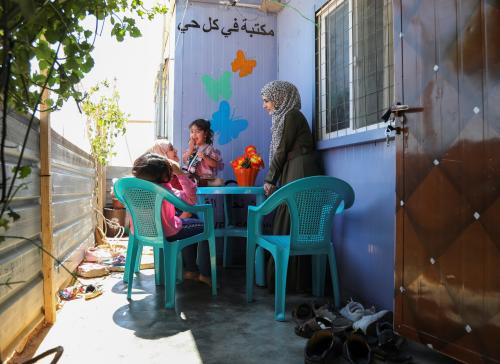
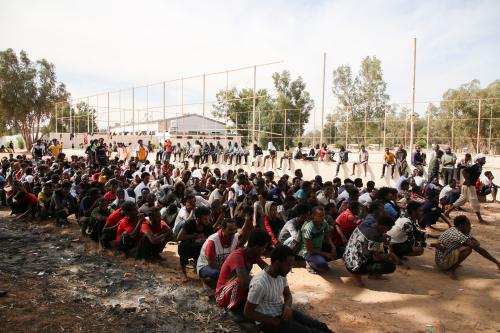
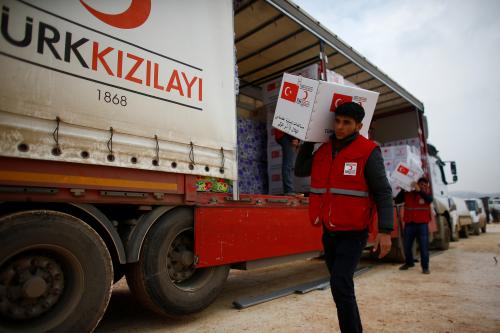

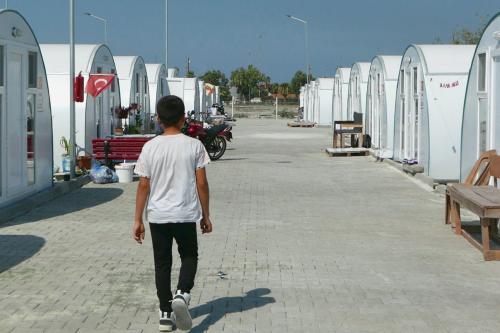
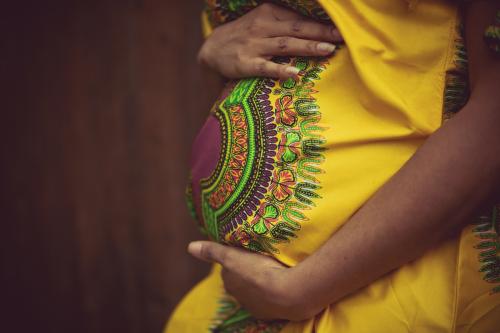
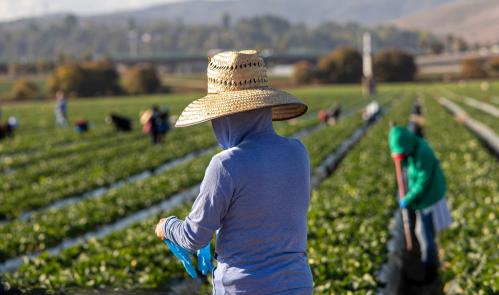
Commentary
10 economic characteristics of refugee arrivals and returns
February 25, 2022